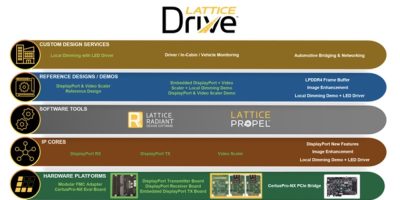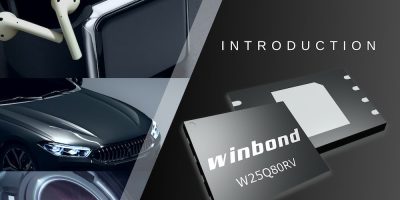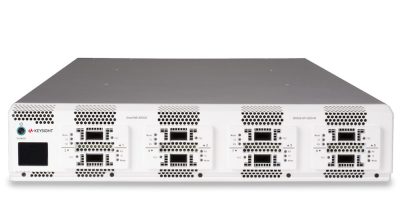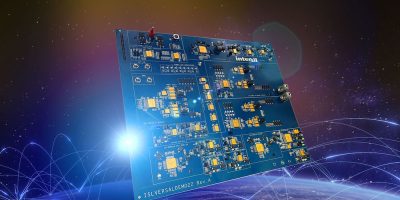A software stack to accelerate automotive application development is available from Lattice Semiconductor. According to the company, it enables infotainment connectivity and processing, flexible ADAS (advanced driver assistance systems), sensor bridging and processing and low power zonal bridging applications for driver, cabin, and vehicle monitoring.
“The automotive industry is rapidly evolving and cars are getting smarter than ever with new technological advancements, notably with zonal architectures requiring varied sensors and displays across vehicle models. Now more than ever, manufacturers need solutions that enable them to innovate while maintaining flexibility for future updates,” said Bob O’Donnell, president and chief analyst, TECHnalysis Research.
“Combining comprehensive software solutions from the start in [an] application design process is critical for time-to-market acceleration,” said Esam Elashmawi, chief strategy and marketing officer at Lattice Semiconductor. This is the company’s sixth software application-specific solution stack to deliver advanced automotive application features based on its low power FPGAs.
The initial release of Lattice Drive offers advanced display connectivity and processing and enables multi-resolution scaling and supports display sizes up to 4K and supports DisplayPort up to HBR 3 at 8.1Gbits per second per lane. It also provides image/video enhancement with a scalable full array local dimming and multiple display connectivity. The stack allows for bridging multiple displays, providing up to 1.5X faster DisplayPort interface than competitive devices in similar class.
It also offers efficient data processing and enables the ability to process or co-process data to offload the CPU with up to 75 per cent lower power than competitive devices in a similar class
The Lattice Drive solution stack provides comprehensive application-specific solutions that combine reference platforms and designs, demos, IP building blocks, and FPGA design tools to accelerate customer application development and time-to-market.
This is the latest stack in the Lattice solution stacks portfolio which includes Lattice sensAI (for AI applications), Lattice mVision (for embedded vision) Lattice Automate (for factory automation) and Lattice Sentry with platform firmware resiliency root of trust and Lattice ORAN for 5G ORAN deployment.
Lattice Semiconductor specialises is low power programmable devices. It works with customers working in networks, from the edge to the cloud, as well as in communications, computing, industrial, automotive and consumer markets.







